Golden Plover
Pluvialis apricaria (Linnaeus, 1758)
GP
 GOLPL
GOLPL  4850
4850

Family: Charadriiformes > Charadriidae
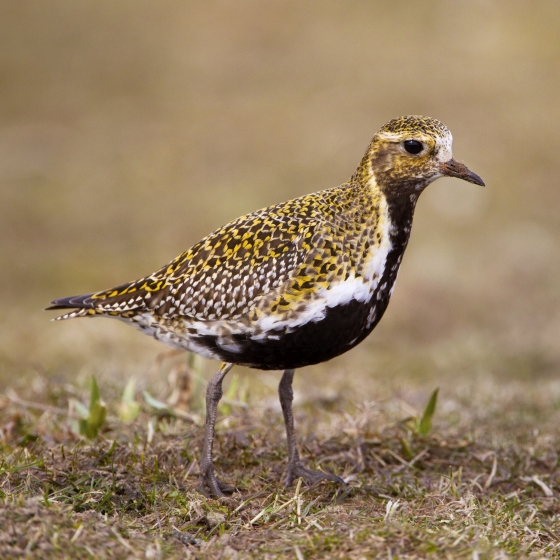
The Golden Plover is arguably one of the most beautiful birds of upland Britain and its mournful fluty call in summer is evocative of wild places.
The spangled golden back gives this bird its name, set off by a rich black breast and belly in breeding plumage. During the summer months the Golden Plover is a bird of the uplands, from the Pennines north into Scotland, with a few pairs in Wales and western Ireland. Highest densities occur on Scottish islands, such as the Outer Hebrides and Shetland.
In winter, Golden Plovers can form large flocks anywhere in lowland Britain & Ireland, often mixing with Lapwings on farmland. Wetland Bird Survey records show the Humber Estuary, East Anglia and the Somerset Levels as areas where Golden Plovers are most plentiful.
Exploring the trends for Golden Plover
Our Trends Explorer will also give you the latest insight into how the UK's Golden Plover population is changing.
trends explorerIdentification
Golden Plover identification is often straightforward. The following article may help when identifying Golden Plover.
Identifying Grey Plover and Golden Plover
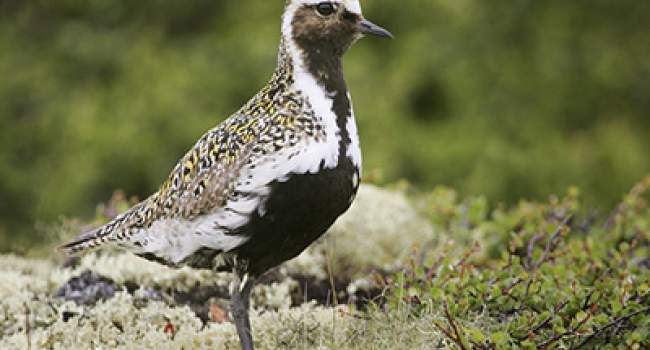
Can you tell the silver from the gold? Found around our coasts, wetlands and uplands Golden Plover is a beautiful medium-sized wader. Its cousin, Grey Plover, can be found around our coasts in most months of the year, causing a potential ID challenge. This ID workshop will help you to confidently separate the two species.
SONGS AND CALLS
Listen to example recordings of the main vocalisations of Golden Plover, provided by xeno-canto contributors.
Other
Alarm call
Call
Song
Develop your bird ID skills with our training courses
Our interactive online courses are a great way to develop your bird identification skills, whether you're new to the hobby or a competent birder looking to hone your abilities.
Browse training coursesStatus and Trends
Population size and trends and patterns of distribution based on BTO surveys and atlases with data collected by BTO volunteers.
CONSERVATION STATUS
This species can be found on the following statutory and conservation listings and schedules.
POPULATION CHANGE
There was no annual monitoring of the breeding population before the inception of BBS. Since 1995, BBS shows stability in Scotland and in the UK as a whole. This is believed to follow an earlier decline (Gibbons et al. 1993). A detailed survey confirmed that a sharp decline has occurred in Wales since the 1980s, with just 36 pairs located in 2007 (Johnstone et al. 2008). Analysis of BBS data from 1994 and 2009, using land cover data, suggested the UK population may have increased slightly over this period, to 57,000-67,000 pairs in 2009 (Massimino et al. 2011). However, the report warns that sample sizes were very low in some regions, and subsequent BBS records suggest counts were unusually high in 2009, so this estimate should be treated with caution and it was not used in the latest update of UK population estimates (APEP4: Woodward et al. 2020).
Numbers across Europe have been broadly stable since 1981 (PECBMS: PECBMS 2020a>). Winter numbers counted by WeBS, although mainly at coastal sites and omitting some big concentrations inland, increased strongly in Britain between the mid 1980s and 2006, since when a sharp fall until around 2011 has been followed by fluctuations (Frost et al. 2020); these birds are mainly of Fennoscandian or Russian origin. The species has recently been on the amber list, because of the international importance of the UK's wintering population, but was returned to the green list in 2015 (Eaton et al. 2015).
| UK breeding population |
No population change in UK (1995–2020) 
|
| UK winter population |
-14% decrease (1995/96 to 2020/21)  |
Exploring the trends for Golden Plover
Our Trends Explorer will also give you the latest insight into how the UK's Golden Plover population is changing.
trends explorerDISTRIBUTION
Golden Plover winter through most of the lowlands of Britain and the midlands and coastal regions of Ireland. They breed in the uplands of north and west Britain and Ireland. In Scotland, highest densities occur on the Outer Hebrides, Shetland and the flows of Caithness and Sutherland. Comparable densities still exist in parts of the English Pennines.
Occupied 10-km squares in UK
| No. occupied in breeding season | 687 |
| % occupied in breeding season | 23 |
| No. occupied in winter | 1958 |
| % occupied in winter | 65 |
European Distribution Map
DISTRIBUTION CHANGE
One third of the Irish range and one fifth of the British range have been lost over the last 40 years. Losses have been greatest in the southern uplands of Scotland, and around the margins of the smaller outlying British and Irish populations, fragmenting them further.
Change in occupied 10-km squares in the UK
| % change in range in breeding season (1968–72 to 2008–11) | -20.9% |
| % change in range in winter (1981–84 to 2007–11) | +18.5% |
SEASONALITY
Golden Plovers are recorded throughout the year but with a noticeable peak during autumn migration when birds of northern and eastern origin arrive.

Movement
Information about movement and migration based on online bird portals (e.g. BirdTrack), Ringing schemes and tracking studies.
RINGING RECOVERIES
View a summary of recoveries in the Online Ringing Report.
Foreign locations of birds ringed or recovered in Britain & Ireland

Biology
Lifecycle and body size information about Golden Plover, including statistics on nesting, eggs and lifespan based on BTO ringing and nest recording data.
PRODUCTIVITY & NESTING
First Clutches Laid 
|
24 Apr (3 Apr–6 Jun) 
|
Number of Broods 
|
1 |
Egg Size 
|
52×35 mm Weight = 33 g (of which 5% is shell) |
Clutch Size 
|
4 eggs | 3.94 ± 0.28 (2–4) N=527 
|
Exploring the trends for Golden Plover
Our Trends Explorer will also give you the latest insight into how the UK's Golden Plover population is changing.
trends explorerSURVIVAL & LONGEVITY
View number ringed each year in the Online Ringing Report
Maximum Age from Ringing 
|
12 years 0 months 29 days (set in 1978) 
|
Typical Lifespan 
|
4 years with breeding typically at 1 year |
Adult Survival 
|
0.73  
|
Exploring the trends for Golden Plover
Our Trends Explorer will also give you the latest insight into how the UK's Golden Plover population is changing.
trends explorerBIOMETRICS
Wing Length 
|
Adults | 193.5±5.4 | Range 186–202mm, N=213 |
| Juveniles | 189.8±5.9 | Range 181-199mm, N=98 |
Body Weight 
|
Adults | 209±18.44 | Range 180–236g, N=224 |
| Juveniles | 209±20.8975 | Range 172–248g, N=93 |
Feather measurements and photos on featherbase 
CODES & CLASSIFICATION
Ring size 
|
D |
Field Codes 
|
2-letter: GP | 5-letter code: GOLPL | Euring: 4850 |
For information in another language (where available) click on a linked name
Research
Interpretation and scientific publications about Golden Plover from BTO scientists.
CAUSES AND SOLUTIONS
Causes of change
The causes of change are unclear and demographic information is sparse.
Further information on causes of change
The causes of change are unclear and demographic information is sparse. Clutch size is unchanged, in spite of the fact that the records shown in the clutch size graph during 1996-98 include a large number of late-season nest records, with higher proportions of two- and three-egg clutches, which were submitted from an intensive study (J.W. Pearce-Higgins, pers. comm.).
A study alongside the Pennine Way indicates avoidance of areas heavily used by walkers and the potential for clearer definition of paths to increase habitat available to Golden Plovers (Finney et al. 2005). Nest survival on grass moors, unlike that on heather moors, may have declined over time (Crick 1992), perhaps linked to increased stocking densities of sheep (Fuller 1996), though other studies have found abundance was lower with reduced sheep densities (Douglas et al. 2017) or taller vegetation (Buchanan et al. 2017). A recent study found that high sheep tick load was negatively correlated with tick survival; however this was based on a low sample size at a single site, and further work is needed in order to verify this finding with a larger sample at more sites, and to ascertain whether tick load on chicks could be a potential driver of population trends (Douglas et al. 2019).
Warmer springs are reported to advance the breeding phenology of Golden Plovers and of their prey (Pearce-Higgins et al. 2005) and it is likely that the effects of climatic warming on cranefly (tipulid) populations will cause northward contraction of the species' range (Pearce-Higgins et al. 2010). Conservation management options in the light of climate change have been explored by Pearce-Higgins (2011). Abundance was also positively correlated with the level of predator control in one study (Buchanan et al. 2017).
Information about conservation actions
Although the drivers of change for this species remain poorly known, a number of potential conservation actions have been suggested. The species is found in upland habitats and requires patches of heather mixed with grass rather than larger stands of heather (Whittingham et al. 2001), in particular wetter areas with soft rush (Whittingham et al. 2001), or cotton grass and bare peat (Pearce-Higgins & Yalden 2004) to support chicks. Hence conservation efforts should focus on providing a mosaic habitat and identifying and maintaining patches used by golden plover. Site-based management actions which aim to increase cranefly (tipulid) populations and manipulate predation rates could help protect the species to some degree from the potential future effects of climate change (Pearce-Higgins 2011). Clearly defined paths across moorlands could decrease disturbance and hence mean that more habitat is effectively available to Golden Plovers (Finney et al. 2005), although low levels of disturbance will not necessarily cause habitat avoidance or affect reproductive success (Pearce-Higgins et al. 2007). Evidence about stocking densities is contradictory and further research may therefore be required before conservation actions can be suggested (see Causes of Change section).
Control of predators has also been suggested as a possible conservation action: A survey of 18 estates in northern England and south-east Scotland also concluded that predator control had positive effects on Golden Plover abundance, but found that these effects saturate at a relatively low level of control above which there were few benefits (Littlewood et al. 2019). The same study did not find any benefits to waders resulting from heather burning.
PUBLICATIONS (6)
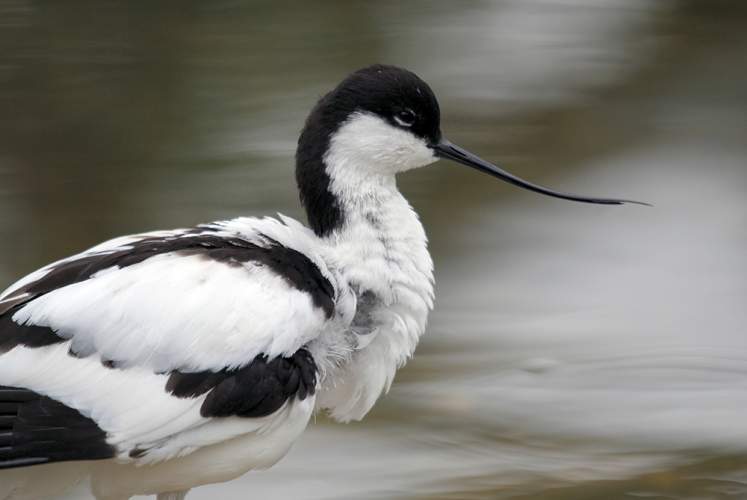
Consequences of population change for local abundance and site occupancy of wintering waterbirds
Wavering Waterbirds
Protected sites are assigned based on population statistics for vulnerable and endangered species. This new study using WeBS data shows that changes in population size can affect local abundance, and thus influence whether or not key targets are met for site protection.
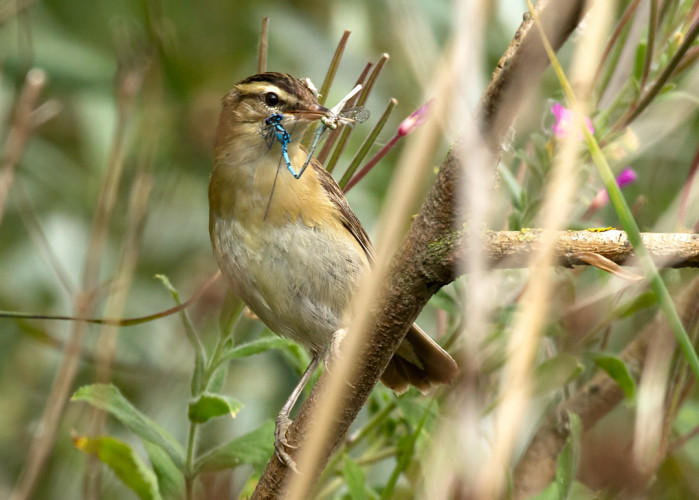
Declines in invertebrates and birds – could they be linked by climate change?
Are the declines of birds and invertebrates linked by climate change?
Many of the detected effects of climate change on biodiversity have occurred through impacts on food chains.
Distribution shifts in wintering Golden Plover Pluvialis apricaria and Lapwing Vanellus vanellus in Britain
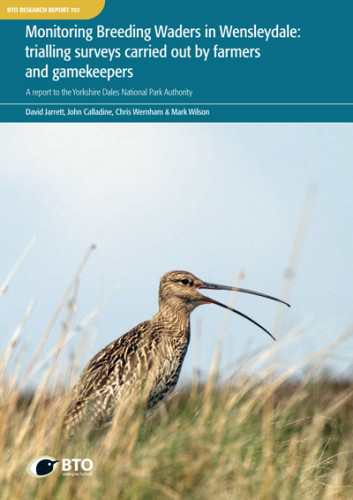
Monitoring Breeding Waders in Wensleydale: trialling surveys carried out by farmers and gamekeepers
Negative impact of wind energy development on a breeding shorebird assessed with a BACI study design
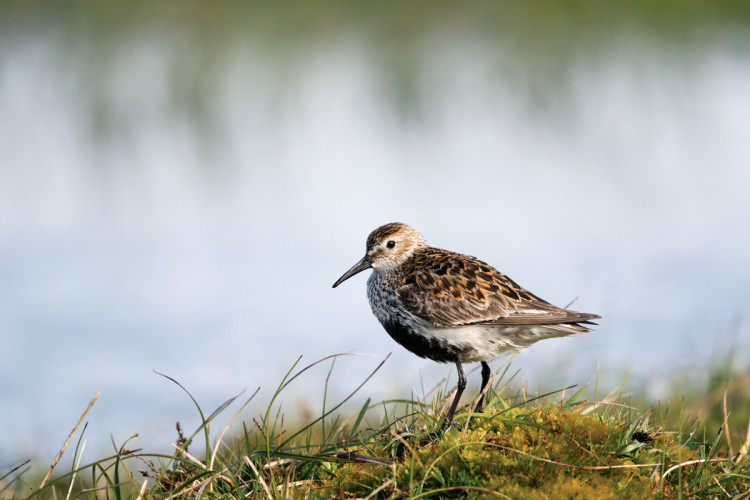
Sensitivity mapping for breeding waders in Britain: towards producing zonal maps to guide wader conservation, forest expansion and other land-use changes. Report with specific data for Northumberland and north-east Cumbria
Sensitivity mapping for breeding waders
Models to be used towards the development of tools to guide, inform and minimise conflict between wader conservation and forest expansion.
Links to more information from ConservationEvidence.com
Would you like to search for another species?











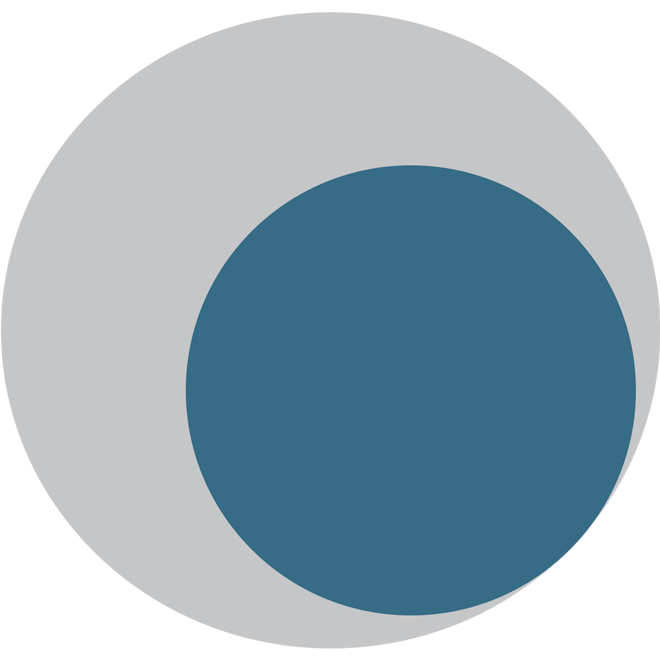



Share this page